Year
A 40 year female, presented with loose stools for more than 14 days. She was treated in a local hospital with rehydration fluids but she came to the tertiary care as she continued to have loose stools. Stool microscopy showed the following (Images).
- What are the parasites seen?
- How should this patient be managed?
- What additional screening should be done?



Case answer – Posted on: 15-Dec-2023
- Report :
- Stool microscopy revealed the presence of Strongyloides stercoralis rhabiditiform larvae and Cystoisospora belli oocyst
- Strongyloides stercoralis rhabiditiform larvae are 250-300 μm long x 14-20 μm in diameter. They have characteristic short buccal cavity, and a prominent genital premordium.
- Cystoisospora belli unsporulated oocyst is oval, 20-33 μm x 10-19 μm in size and when sporulated has two sporocysts.
- For Strongyloides:
- Ivermectin 200 mg/kg daily for 2 days, if hyper-infection or disseminated infection then a prolonged course of Ivermectin for 5-7 days is recommended.
- For Cystoisospora: Cotrimoxazole four times a day for 10 days, In HIV positive individuals, a prolonged course is administered to prevent relapses.
- Both the infections indicate potential immunocompromise – detailed history (corticosteroid use), additional screening of HIV, HTLV infections and follow up needed.
